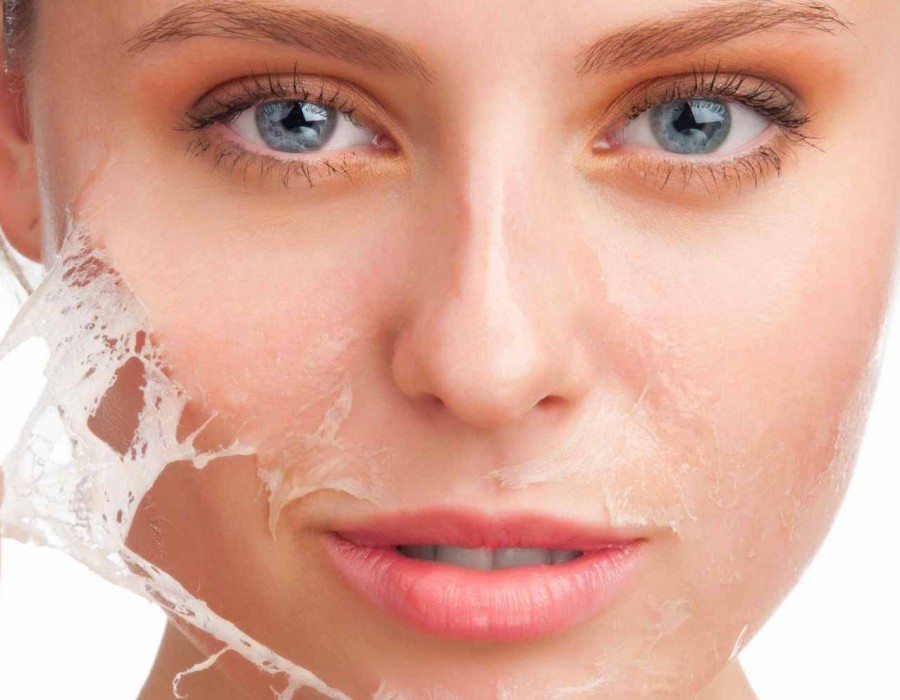Superficial Chemical Peels have gained popularity as a non-invasive cosmetic procedure aimed at rejuvenating the skin's appearance. While these peels offer numerous benefits, it's imperative to acknowledge and comprehend the potential risks and side effects associated with them to make informed decisions.
What are Superficial Chemical Peels?
Superficial chemical peels involve the application of a chemical solution to the skin's surface, which causes controlled exfoliation and promotes skin regeneration. These peels are typically composed of alpha hydroxy acids (AHAs) such as glycolic acid, beta hydroxy acids (BHAs) like salicylic acid, or a combination of both.
Benefits of Superficial Chemical Peels
- Improvement in Skin Texture: Superficial chemical peels help to smooth out rough skin texture, reducing the appearance of fine lines and wrinkles.
- Treatment of Acne: These peels can be effective in treating acne by unclogging pores and reducing inflammation.
- Hyperpigmentation Correction: They are also used to lighten areas of hyperpigmentation, such as sunspots and melasma.
- Enhanced Skin Radiance: Chemical peels promote cellular turnover, leading to a brighter and more radiant complexion.
Risks and Side Effects
While superficial chemical peels are generally safe when performed by a trained professional, there are potential risks and side effects to consider:
- Skin Irritation: Following a chemical peel, some individuals may experience redness, itching, or a burning sensation, which typically subsides within a few days.
- Hyperpigmentation: In rare cases, superficial chemical peels can cause temporary or permanent hyperpigmentation, particularly in individuals with darker skin tones.
- Skin Sensitivity: The skin may become more sensitive to sunlight after a chemical peel, increasing the risk of sunburn. It's crucial to use sunscreen and avoid prolonged sun exposure.
- Allergic Reactions: Although uncommon, allergic reactions to the chemicals used in the peel can occur, resulting in swelling, hives, or difficulty breathing. Immediate medical attention is necessary if severe reactions occur.
Precautions and Aftercare
To minimize the risk of complications and enhance the results of a superficial chemical peel, it's essential to follow these precautions and aftercare guidelines:
- Consultation with a Dermatologist: Prior to undergoing a chemical peel, consult with a qualified dermatologist to assess your skin type and determine the most suitable treatment option.
- Pre-Treatment Preparation: Follow any pre-treatment instructions provided by your dermatologist, such as discontinuing the use of certain skincare products or medications.
- Post-Treatment Care: After the peel, adhere to the recommended post-treatment skincare regimen, which may include gentle cleansing, moisturizing, and avoiding harsh exfoliants.
- Sun Protection: Protect your skin from the sun's harmful UV rays by wearing a broad-spectrum sunscreen with SPF 30 or higher daily, even on overcast days.
Conclusion
Superficial Chemical Peels in Riyadh offer a safe and effective solution for improving skin texture, treating acne, and addressing pigmentation concerns. However, it's crucial to understand the potential risks and side effects associated with these treatments and take appropriate precautions to minimize them. By consulting with a qualified dermatologist and following recommended aftercare guidelines, individuals can achieve optimal results while minimizing the likelihood of complications.






Comments